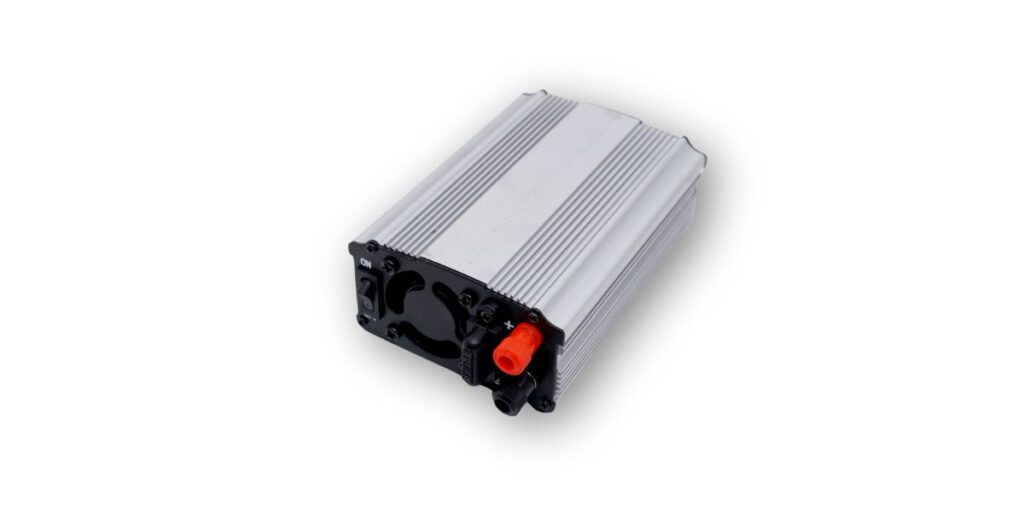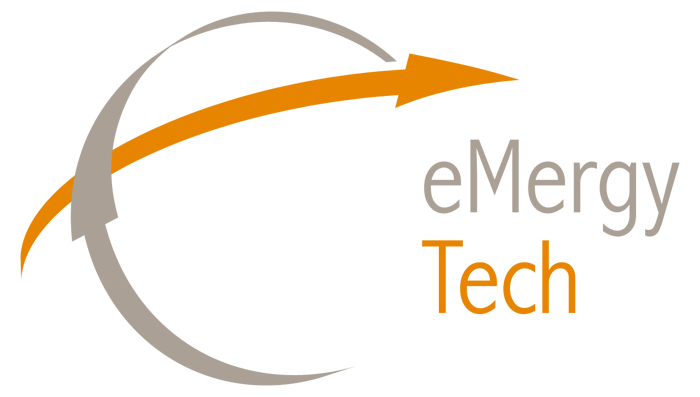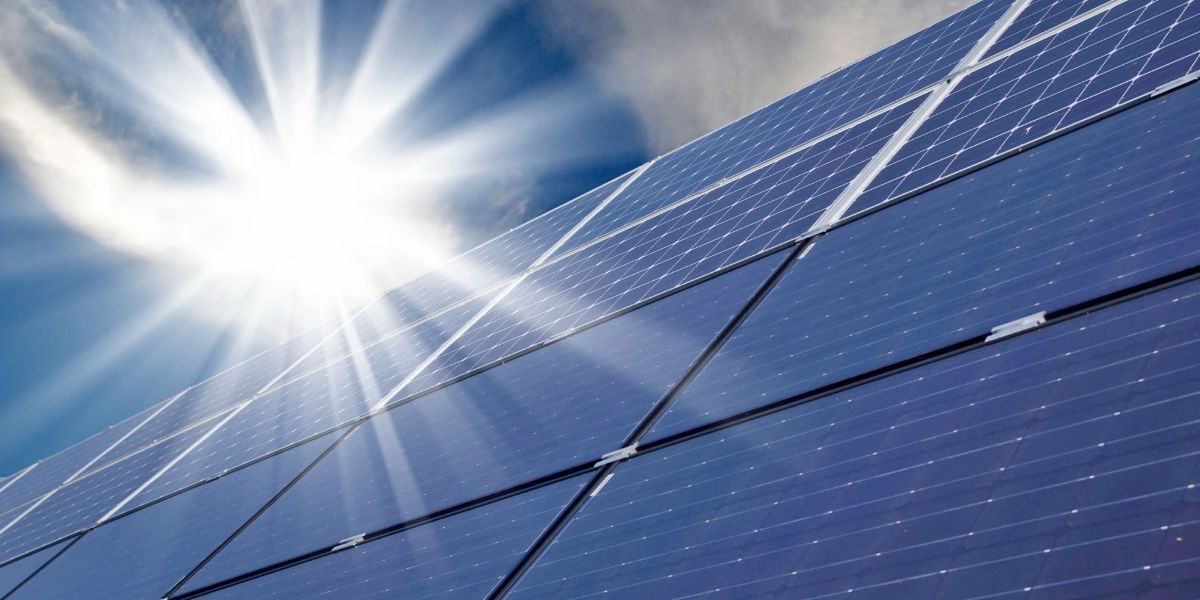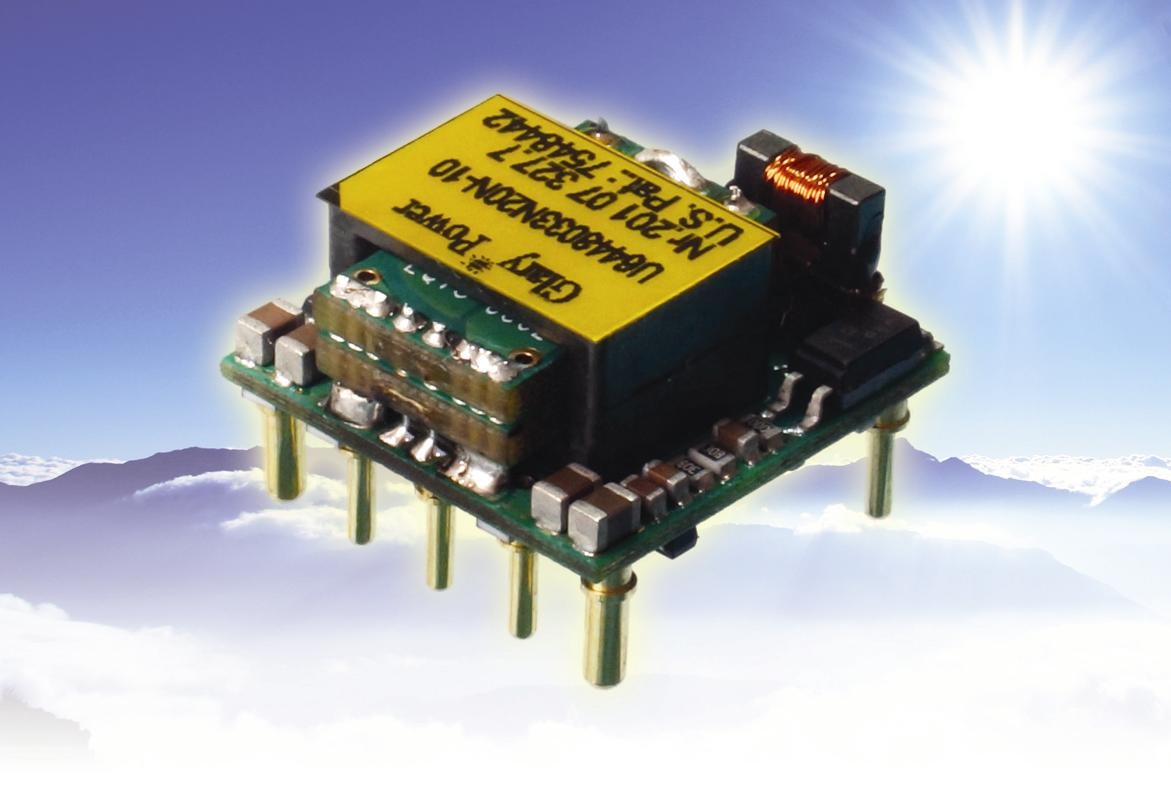In the power electronics landscape, the difference between inverters, transformers and converters is often unclear, three names that generate a lot of confusion. It is good to know that each of them plays a role in the management of electricity, even if they have a different functioning and a different purpose.
For this reason, in the article we will delve into the characteristics of the 3 components to better understand the functions and how they differ.
- What are inverters
- What are transformers
- What are converters
- eMergy Tech solutions for converters and components
What are inverters
Inverters are essential equipment for the transformation of electrical energy and convert direct current (DC) into alternating current (AC) efficiently and reliably.

They are used in numerous applications: from UPSs to provide backup energy during power outages, to photovoltaic systems to convert solar energy into energy that can be used for our household appliances, to electric vehicles.
They are used in numerous applications: from UPSs to provide backup energy during power outages, to photovoltaic systems to convert solar energy into energy that can be used for our household appliances, to electric vehicles.
There are different models, each of which has very distinct characteristics:
- Sinusoidal: produce a sinusoidal waveform identical to that of the electric current supplied by electricity networks.
- Square wave: These create a stepped waveform, which is easier to make but can cause problems with some types of sensitive electronic equipment.
- Modified wave: they generate a trapezoidal wave structure, which is close to the sinusoidal one. They are used in applications less sensitive to variations.
- Inverters with transformers: they are equipped with transformers that allow the alternating output voltage to be increased or reduced.
What are transformers
A transformer is a component that is used to convert the voltage on the primary side into one or more voltages on the secondary side, increasing and/or decreasing the value or to create a galvanic isolation between the primary side and the secondary side and therefore possibly maintaining the same value voltage between primary side and secondary side.

Among the various types of transformers, the following stand out:
- of power: they distribute electricity in our homes and cities, with powers from a few VA to thousands of kVA.
- insulation: they guarantee electrical insulation between two circuits, protecting users from possible electric discharges.
Converters: what are they ?
The word “converter” is a generic term that can indicate several important components (including the inverters explained above) that are used in various electronic devices. They can transform one form of electrical current into another and are used to convert voltage, so it can be adapted to the specific needs of electrical appliances or applications.
They are widely used in power electronics, industrial automation, consumer electronics and other areas. Various converters fall into this category, each with certain functions. For this reason, the correct choice depends on the specific application and the voltage, current and frequency requirements.
Let’s see them together:
- AC/DC (Rectifiers): they transform electrical energy from alternating current (AC) into direct current (DC). They are used in electronic devices that require power from the mains.
- DC/DC: these converters change electrical energy from one direct voltage (DC) to another direct voltage (DC).. They can step up, step down, reverse or isolate the volta ge based on your application needs. They are used in portable electronic devices and alternative power systems.
- DC/AC (Inverter): change electrical energy from direct current (DC) into alternating current (AC) electrical energy. They are used in applications where AC power is needed such as emergency power systems, photovoltaic systems, electric vehicles.
- AC/AC: Alter alternating current (AC) electrical energy from one frequency to another. They can be used to adjust AC voltage, frequency or waveform.
eMergy Tech’s customized solutions for converters and components
At eMergy Tech we distribute high quality inverters, power supplies and electrical components, designed to meet the specific needs of each customer.
Thanks to our team of experts, we are able to create customized solutions for different sectors, such as:
- photovoltaics sites
- backup systems
- industrial automation
- electrical vehicles
- railways
- domotics
- telecommunication
The wide range of products we offer includes:
In addition to power supply devices, at eMergy Tech we offer personalized consultancy to help you find the ideal solution for your needs.
Our experts analyze your specific needs and offer you the most effective solution in terms of AC/DC, DC/DC or components (transformers, coils, electrolytic capacitors).
Contact us to find out more about our offer!



